Home>Storage Ideas>Storage Baskets>How To Deadhead Petunias In Hanging Baskets
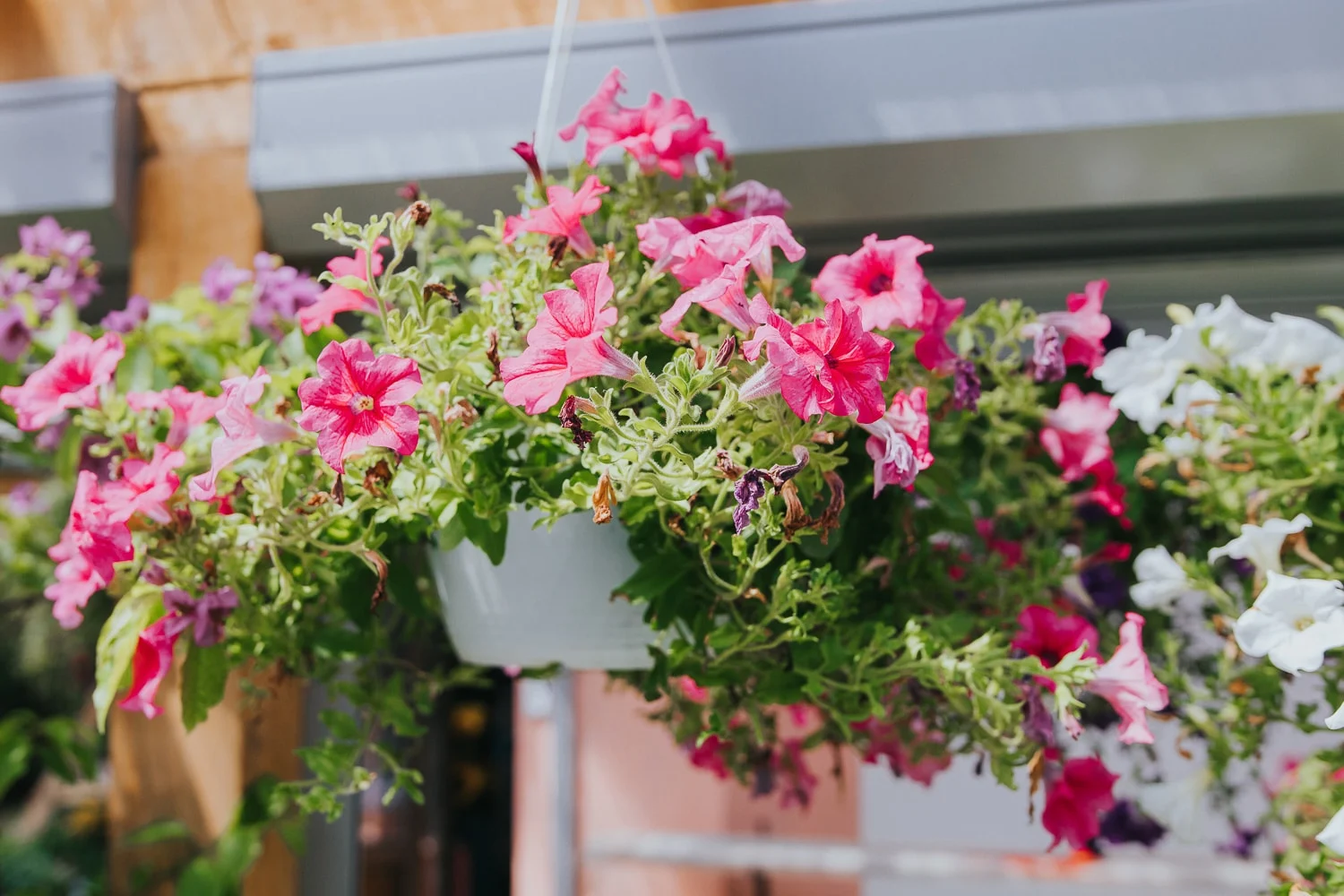

Storage Baskets
How To Deadhead Petunias In Hanging Baskets
Modified: December 7, 2023
Learn how to deadhead petunias in hanging baskets and keep them blooming all season long! Discover the best techniques for maintaining your beautiful storage baskets.
(Many of the links in this article redirect to a specific reviewed product. Your purchase of these products through affiliate links helps to generate commission for Storables.com, at no extra cost. Learn more)
Introduction
Welcome to our comprehensive guide on how to deadhead petunias in hanging baskets. If you’re a gardening enthusiast, chances are you’ve encountered the term ‘deadheading’ before. Deadheading is the process of removing faded or spent flowers from plants to encourage more blooms and maintain their aesthetic appeal. In this article, we will specifically focus on deadheading petunias in hanging baskets, which are popular for their vibrant colors and cascading growth habits.
Petunias are a versatile and colorful addition to any garden or balcony. However, if not properly maintained, the blooms can start to fade and lose their visual impact. This is where deadheading becomes crucial. By regularly removing the faded blooms, you not only ensure a continuous display of vibrant flowers, but also promote healthy growth and prevent the plant from going to seed too early.
Before we delve into the step-by-step process of deadheading petunias in hanging baskets, let’s take a moment to understand why this practice is so important.
Key Takeaways:
- Regular deadheading of petunias in hanging baskets promotes continuous blooming, improves appearance, prevents self-seeding, redirects plant energy, and extends the blooming period, resulting in vibrant and long-lasting displays.
- Proper disposal of pruned blooms is crucial for maintaining a healthy garden and preventing the spread of diseases or pests, ensuring that deadheading efforts contribute to a vibrant and thriving petunia display.
Read more: How To Plant Petunias In Hanging Baskets
What is Deadheading?
Deadheading is a simple yet effective horticultural practice that involves the removal of spent or faded flowers from plants. The term “deadheading” may sound a bit morbid, but in reality, it is an essential technique to maintain the health and appearance of flowering plants.
When plants produce flowers, their main goal is to reproduce by producing seeds. Once a flower has completed its reproductive cycle and the petals start to wither and fade, the plant devotes its energy towards seed production. This means that the plant’s resources are diverted away from producing new blooms. Deadheading interrupts this process by removing the spent flowers before seed production can occur.
By removing the faded flowers, deadheading signals to the plant that its reproductive cycle is not yet complete. This stimulates the plant to produce more flowers in an effort to ensure successful pollination and seed production. As a result, deadheading promotes continuous blooming, prolonging the overall flowering period of the plant.
Besides prolonging the blooming season, deadheading also improves the overall appearance of plants by removing the unsightly faded blooms. This can significantly enhance the aesthetic appeal of a garden or hanging basket, creating a more visually pleasing display of vibrant colors.
Moreover, deadheading helps to maintain the plant’s vigor and health. By preventing the formation of seeds, the plant can channel its energy and resources towards root and foliage growth. This encourages the development of a stronger root system and healthier foliage, making the plant more resilient to diseases and pests.
While deadheading is a common practice for many flowering plants, it is particularly important for petunias in hanging baskets. Petunias have a prolific blooming habit, and regular deadheading is necessary to maximize their bloom potential and keep them looking their best.
Why Deadhead Petunias in Hanging Baskets?
Deadheading petunias in hanging baskets is important for several reasons. Here are the key reasons why you should incorporate deadheading into your petunia care routine:
- Promotes continuous blooming: Petunias are known for their stunning and abundant blooms. However, if the faded flowers are not removed, the plant will divert its energy towards seed production rather than producing new blooms. Deadheading petunias ensures that the plant continues to produce fresh flowers throughout the growing season, creating a more vibrant and impressive display in your hanging baskets.
- Improves overall appearance: Faded flowers can become unsightly, detracting from the overall visual appeal of your hanging baskets. Regular deadheading helps maintain the aesthetic beauty of your petunias by removing these faded blooms. This creates a more polished and attractive look, making your hanging baskets a focal point of your garden or outdoor space.
- Prevents self-seeding: If petunias are allowed to go to seed, they may self-seed and spread throughout your garden or other containers. While this can be desirable in some cases, it can also lead to overcrowding and competition for resources among plants. Deadheading prevents petunias from self-seeding, allowing you to maintain control over their placement and ensuring a more organized and well-maintained garden.
- Redirects plant energy: Removing faded flowers through deadheading redirects the plant’s energy towards other important processes such as root development and foliage growth. This enhances the overall health and vigor of the plant, making it more resistant to diseases and pests. Deadheading also encourages the development of a fuller and more compact plant, improving its overall structure and appearance.
- Longer blooming period: Petunias have the potential to bloom continuously throughout the growing season. By regularly deadheading, you can extend the blooming period of your petunias. This not only extends your enjoyment of the vibrant blooms but also allows for a longer period of attracting pollinators to your garden, benefiting the ecosystem as a whole.
In summary, deadheading petunias in hanging baskets promotes continuous blooming, improves the overall appearance of your hanging baskets, prevents self-seeding, redirects plant energy, and extends the blooming period. Incorporating regular deadheading into your petunia care routine will result in healthier, more beautiful plants that will enhance your outdoor space.
Tools Needed for Deadheading
Deadheading petunias in hanging baskets is a relatively simple task that requires minimal tools. Here are the essential tools you will need:
- Garden Pruners: A pair of sharp garden pruners is the most important tool for deadheading. Look for a pair with bypass blades, as they provide clean cuts and minimize damage to the plant. Make sure to keep your pruners clean and sharp for efficient and effective deadheading.
- Gardening Gloves: While not strictly necessary, wearing gardening gloves can protect your hands from thorns, prickles, or any potential irritants on the petunia plants. Gloves also provide a better grip when handling the pruners and the plant.
- Bucket or Container: It’s useful to have a bucket or container nearby when deadheading to collect the discarded flower heads. This makes cleanup easier, and you can dispose of the pruned blooms properly.
- Garden Shears: In addition to pruners, you may also find it helpful to have a pair of garden shears handy. Shears can be used for larger or more stubborn stems that may be difficult to cut with pruners alone.
- Hand Trowel or Small Spade: While not always necessary, a hand trowel or small spade can be helpful for loosening the soil around the petunias in hanging baskets. This can assist in the removal of faded blooms and promote the growth of new flowers.
- Watering Can or Hose: It’s important to keep your petunias well-watered after deadheading to support their growth and recovery. Having a watering can or hose nearby will make it convenient to give them a good drink after the deadheading process.
Remember, while these tools are helpful for deadheading petunias, they are not absolutely essential. You can still deadhead by pinching off the faded blooms with your fingers if you prefer, but using tools can make the process quicker and more efficient.
Now that you have your tools ready, let’s move on to the step-by-step process of deadheading petunias in hanging baskets.
Step 1: Assessing the Petunia Condition
Before you begin deadheading your petunias in hanging baskets, it’s important to assess the overall condition of the plants. This will help you identify which flowers need to be removed and determine if any additional care or maintenance is required. Here’s how to assess your petunia’s condition:
- Observe the plant closely: Take a close look at your petunia plant. Are there any noticeable signs of wilting, disease, or pest infestation? Check for any discolored or damaged leaves, as this can indicate potential problems that need to be addressed.
- Examine the blooms: Assess the condition of the petunia blooms. Look for flowers that have wilted, faded, or lost their vibrant color. These are the blooms that need to be deadheaded.
- Check for healthy blooms: Identify any healthy blooms that are still vibrant and full. These flowers should be left intact, as they contribute to the overall beauty of the plant and may still have some life left in them.
- Inspect the overall plant health: Take note of the general health of the plant. Are the stems strong and sturdy, or do they appear weak and leggy? Assessing the overall plant health will help you determine if additional cleaning, pruning, or support is needed.
- Look for seed pods: As you assess the petunia’s condition, keep an eye out for any seed pods that may have formed. These small pods can indicate that the plant is transitioning to seed production. It’s important to remove these seed pods to encourage more flower production instead.
By closely observing your petunia plant and assessing its condition, you can identify the areas that need attention and determine which blooms should be deadheaded. Remember that deadheading should be done regularly throughout the growing season for optimal results.
Once you have assessed the petunia’s condition, it’s time to move on to the next step: identifying and removing the faded blooms.
When deadheading petunias in hanging baskets, use clean, sharp scissors to snip off faded flowers just above a set of healthy leaves. This will encourage new growth and more blooms.
Read more: What Petunias Are Best For Hanging Baskets
Step 2: Identifying and Removing Faded Blooms
After assessing the overall condition of your petunia plant, it’s time to identify and remove the faded blooms. Deadheading the faded flowers will not only improve the appearance of your hanging baskets but also promote continuous blooming. Here’s how to identify and remove the faded blooms:
- Locate the faded blooms: Carefully examine the petunia plant and identify the flowers that have started to fade or wilt. Faded blooms often have dull colors, drooping petals, or visible signs of deterioration.
- Get in position: Position yourself in a way that allows you easy access to the faded blooms. Depending on the size and arrangement of your hanging basket, you may need to adjust your position or use a step stool if necessary.
- Use your pruners: Take your sharp garden pruners and carefully snip off the faded blooms just above the nearest healthy set of leaves or branching point. Make clean and precise cuts to minimize damage to the plant.
- Remove spent flowers: As you remove the faded blooms, place them directly into a bucket or container for easy disposal later. This will prevent the fallen flowers from cluttering your garden or hanging basket.
- Inspect the stem: After removing the faded blooms, take a moment to inspect the stem where you made the cut. Ensure that there are no stubs or jagged edges left behind. If necessary, use your pruners or garden shears to trim any rough edges for a neat finish.
Continue this process of identifying and removing faded blooms throughout the growing season. Regular deadheading will encourage the plant to produce new, fresh flowers and extend the blooming period of your petunias.
Remember to take breaks during the deadheading process, especially if you have a large number of petunias to tend to. This will prevent fatigue and ensure that you maintain focus and accuracy when removing the faded blooms.
Now that you have successfully removed the faded blooms, it’s time to move on to step 3: pinching back leggy stems to encourage bushier growth.
Step 3: Pinching Back Leggy Stems
One common issue with petunias in hanging baskets is the occurrence of leggy stems. Leggy stems are long, thin, and weak growth that can make the plant look sparse and less attractive. Thankfully, by pinching back leggy stems, you can promote bushier growth and create a fuller, more compact plant. Here’s how to pinch back leggy stems:
- Identify the leggy stems: Take a close look at your petunia plant and identify the long, thin stems that are causing it to appear leggy. These stems usually have fewer leaves and less foliage compared to the rest of the plant.
- Pinch the stems: Using your thumb and index finger, hold the leggy stem between them. Position your fingers about 1/4 inch (0.6 cm) above a leaf node or branching point, where new growth will emerge.
- Squeeze and snap: Apply gentle pressure and snap the leggy stem off. This encourages the plant to redirect its energy towards lateral (side) growth, resulting in a bushier and more compact appearance.
- Repeat as necessary: Continue pinching back leggy stems throughout the plant, focusing on areas where the growth is sparse or uneven. Be mindful not to remove too many stems at once, as this can stress the plant. Gradual and selective pinching will yield the best results.
- Collect and dispose of pruned stems: As you pinch back the leggy stems, collect and dispose of them in your bucket or container. Keeping your garden or hanging basket tidy will improve its overall appearance and prevent any potential plant diseases.
Pinching back leggy stems should be done in conjunction with regular deadheading to maintain a well-groomed and compact petunia plant. By promoting lateral growth, you not only improve the aesthetics of your hanging baskets but also encourage the development of more flowering shoots.
It is important to note that pinching back leggy stems may delay flowering temporarily, as the plant redirects its energy towards new growth. However, in the long run, this practice will result in a healthier and more robust plant with a fuller display of blooms.
Now that you’ve pinched back the leggy stems, let’s move on to step 4: maintaining a regular deadheading schedule to ensure continued blooming.
Step 4: Maintaining a Regular Deadheading Schedule
To ensure optimal blooming and a visually stunning display of petunias in your hanging baskets, it is essential to maintain a regular deadheading schedule. Regular deadheading not only removes faded blooms but also encourages the plant to produce new flowers. Here’s how to maintain a deadheading schedule:
- Set a deadheading routine: Determine how frequently you will deadhead your petunias based on their growth rate and the intensity of bloom. Typically, a weekly or bi-weekly deadheading schedule is sufficient for petunias in hanging baskets. Adjust the frequency as needed, keeping in mind that younger plants may require more frequent attention than established ones.
- Choose the ideal time: Deadhead your petunias during a time of day when they are well-hydrated and less stressed, preferably early in the morning or late in the afternoon. Avoid deadheading during the hottest part of the day to minimize the risk of wilting or shock to the plant.
- Inspect the blooms: As you enter your regular deadheading routine, carefully inspect the petunia blooms. Look for any faded or wilted flowers that are past their prime. These are the ones that need to be removed.
- Target spent flowers: Focus on removing the spent flowers that have completed their bloom cycle. Using your pruners, make clean cuts just above a healthy set of leaves or branching point. Discard the pruned blooms into your container for easy disposal later.
- Observe new growth: As you continue deadheading on a regular basis, pay attention to the plant’s response. Notice how new flowering shoots emerge from the points where you have removed the faded blooms. This signifies that the plant is responding positively to the deadheading practice.
- Monitor plant health: As you maintain your deadheading schedule, also keep an eye on the overall health of your petunias. Look out for any signs of nutrient deficiencies, diseases, or pests. Address any issues promptly to ensure the continued vitality and vigor of your hanging basket.
Maintaining a regular deadheading schedule is crucial for keeping your petunias in hanging baskets looking their best. By removing faded blooms on a consistent basis, you stimulate the plant to produce fresh flowers, resulting in a continuous and vibrant display of color.
Now that you’ve established a deadheading routine, let’s move on to the final step: the proper disposal of pruned blooms.
Step 5: Proper Disposal of Pruned Blooms
After deadheading your petunias in hanging baskets, it’s important to properly dispose of the pruned blooms to maintain cleanliness and prevent the spread of diseases. Here’s how to ensure the proper disposal of pruned blooms:
- Collect the pruned blooms: As you deadhead the faded flowers, collect them directly into a bucket or container designated for this purpose. This will make it easier to transport and dispose of the pruned blooms later.
- Inspect the pruned blooms: Take a quick look at the pruned blooms before disposal. Look for any signs of diseases, pests, or abnormalities that may require further attention. By identifying any potential issues, you can take necessary measures to prevent their spread.
- Seal in a bag or wrap in newspaper: To prevent the pruned blooms from spreading seeds or potential pests, seal them in a plastic bag or wrap them tightly in newspapers. This will help contain any potential contaminants and prevent them from infiltrating your garden or compost pile.
- Dispose of pruned blooms: Properly dispose of the sealed or wrapped pruned blooms according to your local waste management guidelines. This may include placing them in the regular trash bin, garden waste bin, or taking them to a composting facility if suitable.
- Clean up the area: Once the pruned blooms have been disposed of, take a moment to clean up the surrounding area. Remove any fallen petals or debris to maintain a tidy garden or hanging basket.
Properly disposing of pruned blooms is essential for maintaining a healthy garden and preventing the spread of diseases or pests. By following these steps, you can ensure that your deadheading efforts contribute to a vibrant and thriving petunia display without any negative impacts on the surrounding environment.
Now that you know how to properly dispose of pruned blooms, you’ve successfully completed all the necessary steps for deadheading petunias in hanging baskets. Congratulations! With regular deadheading and proper care, your petunias will continue to reward you with an abundance of beautiful and long-lasting blooms.
Remember to adjust your deadheading routine as needed and enjoy the rewards of a well-maintained and flourishing hanging basket throughout the growing season.
Read more: How To Take Care Of Petunia Hanging Baskets
Conclusion
Congratulations on mastering the art of deadheading petunias in hanging baskets! By following the steps outlined in this comprehensive guide, you now have the knowledge and skills to maintain the health and beauty of your petunias throughout the blooming season.
Deadheading petunias is not only a simple and enjoyable gardening task but also a crucial practice for maximizing their blooming potential. Regular deadheading promotes continuous flowering, improves the overall appearance of your hanging baskets, prevents self-seeding, redirects plant energy, and extends the blooming period. With proper care and maintenance, your petunias will continue to showcase their vibrant colors and lush foliage, enhancing the beauty of your garden or outdoor space.
Remember to assess your petunias’ condition regularly, identify and remove faded blooms, pinch back leggy stems to encourage bushier growth, maintain a regular deadheading schedule, and properly dispose of pruned blooms. These steps will help you achieve an impressive and long-lasting display of petunias in your hanging baskets.
While deadheading is a fundamental practice, don’t forget to provide your petunias with proper care in terms of watering, fertilizing, and protecting them from pests and diseases. By combining these efforts, you will ensure the overall health and vitality of your petunias, resulting in a stunning and thriving display.
So, what are you waiting for? Grab your pruners, put on your gardening gloves, and embark on your deadheading journey. Enjoy the therapeutic process of removing faded blooms and witness the transformation of your petunias into a captivating floral spectacle. With your newfound knowledge, you have the power to create a breathtaking hanging basket full of vibrant colors and continuous blooms that will be the envy of any garden enthusiast. Happy deadheading!
Frequently Asked Questions about How To Deadhead Petunias In Hanging Baskets
Was this page helpful?
At Storables.com, we guarantee accurate and reliable information. Our content, validated by Expert Board Contributors, is crafted following stringent Editorial Policies. We're committed to providing you with well-researched, expert-backed insights for all your informational needs.


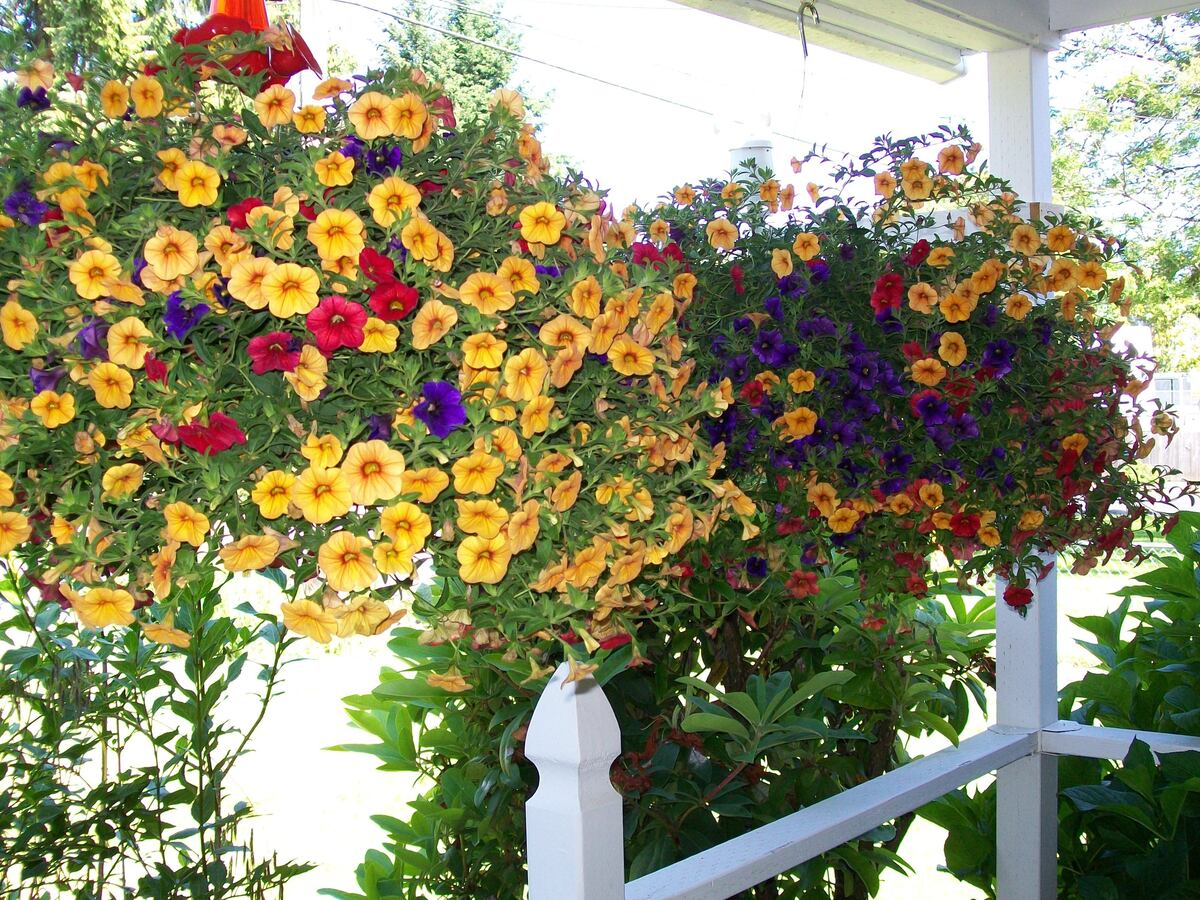
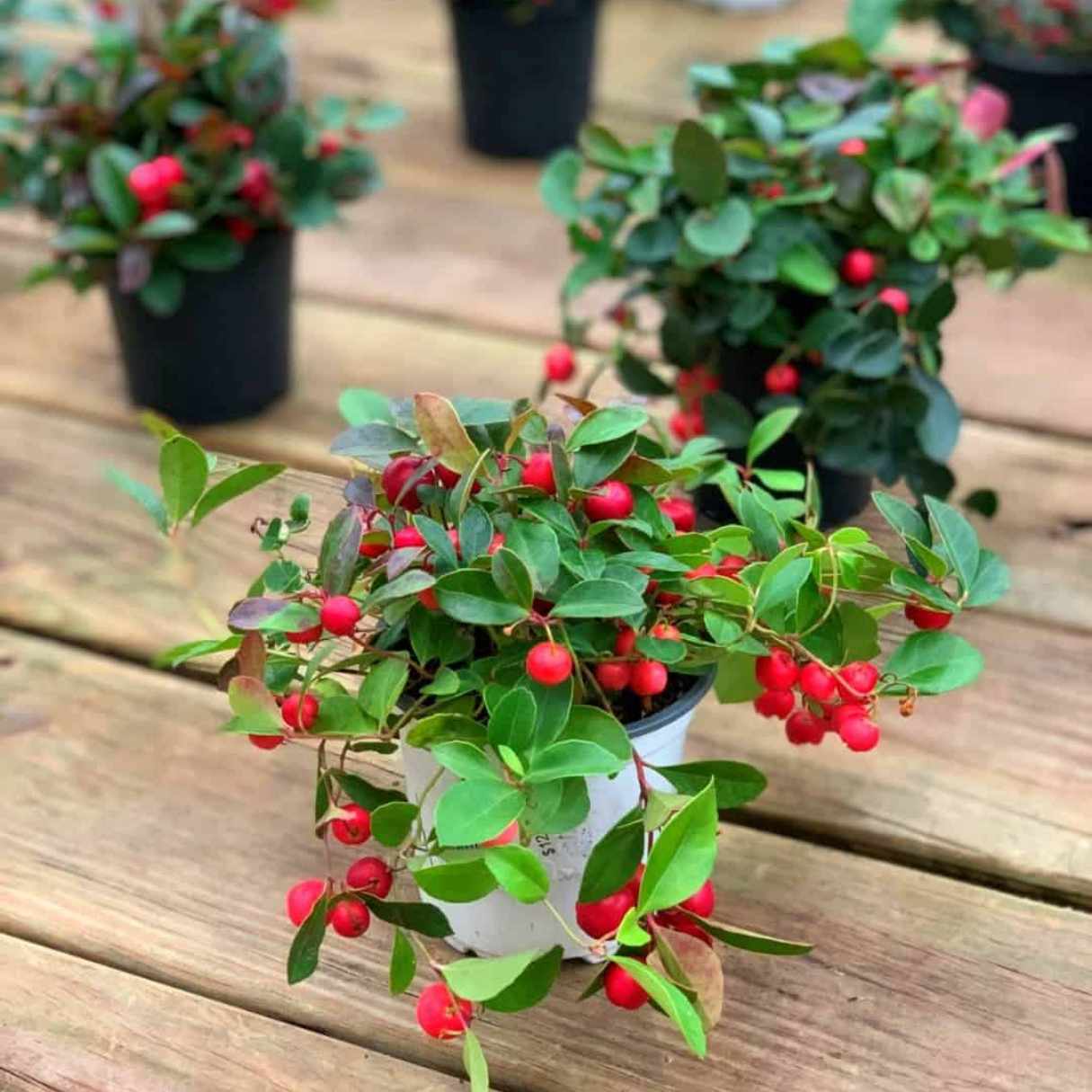
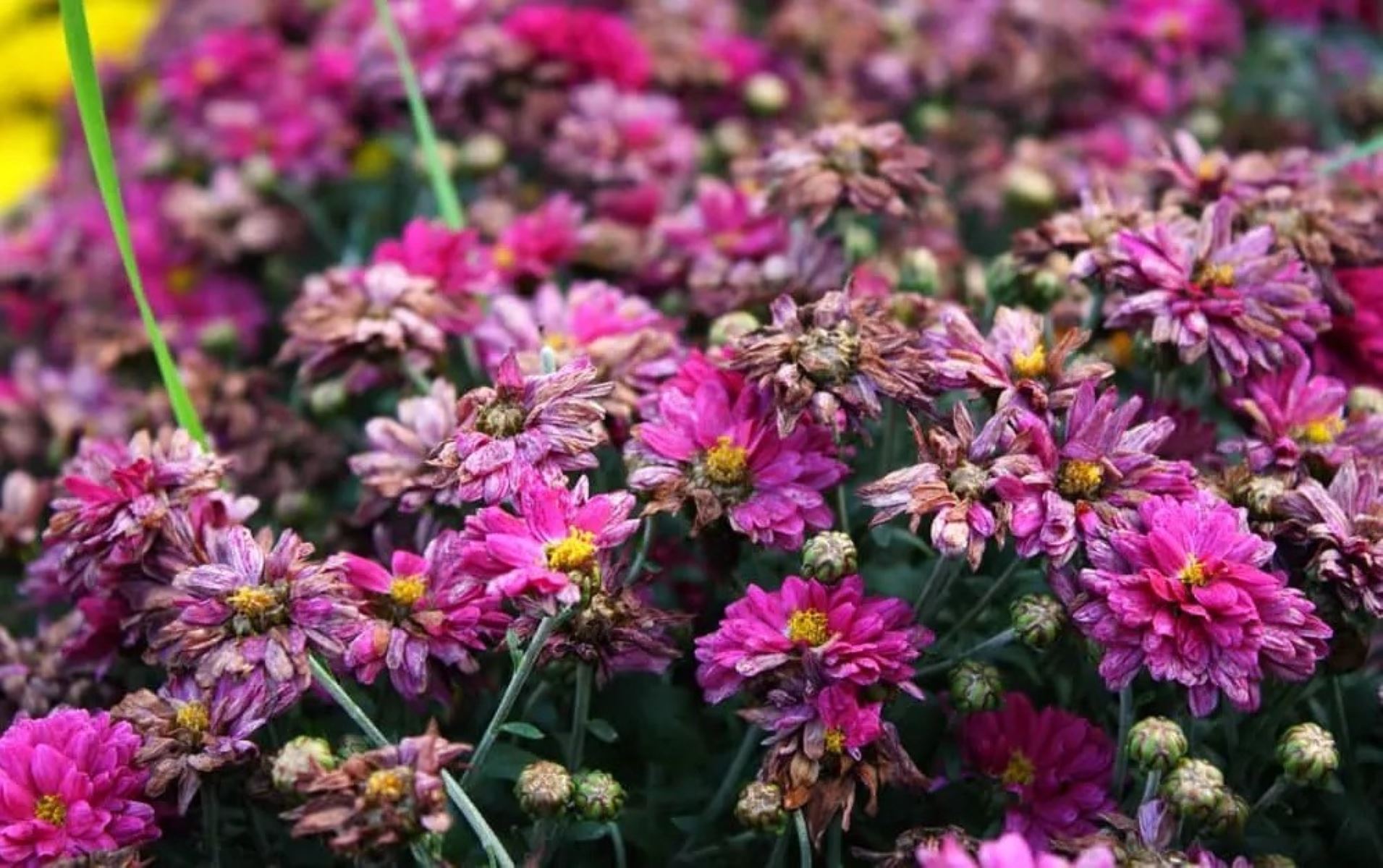
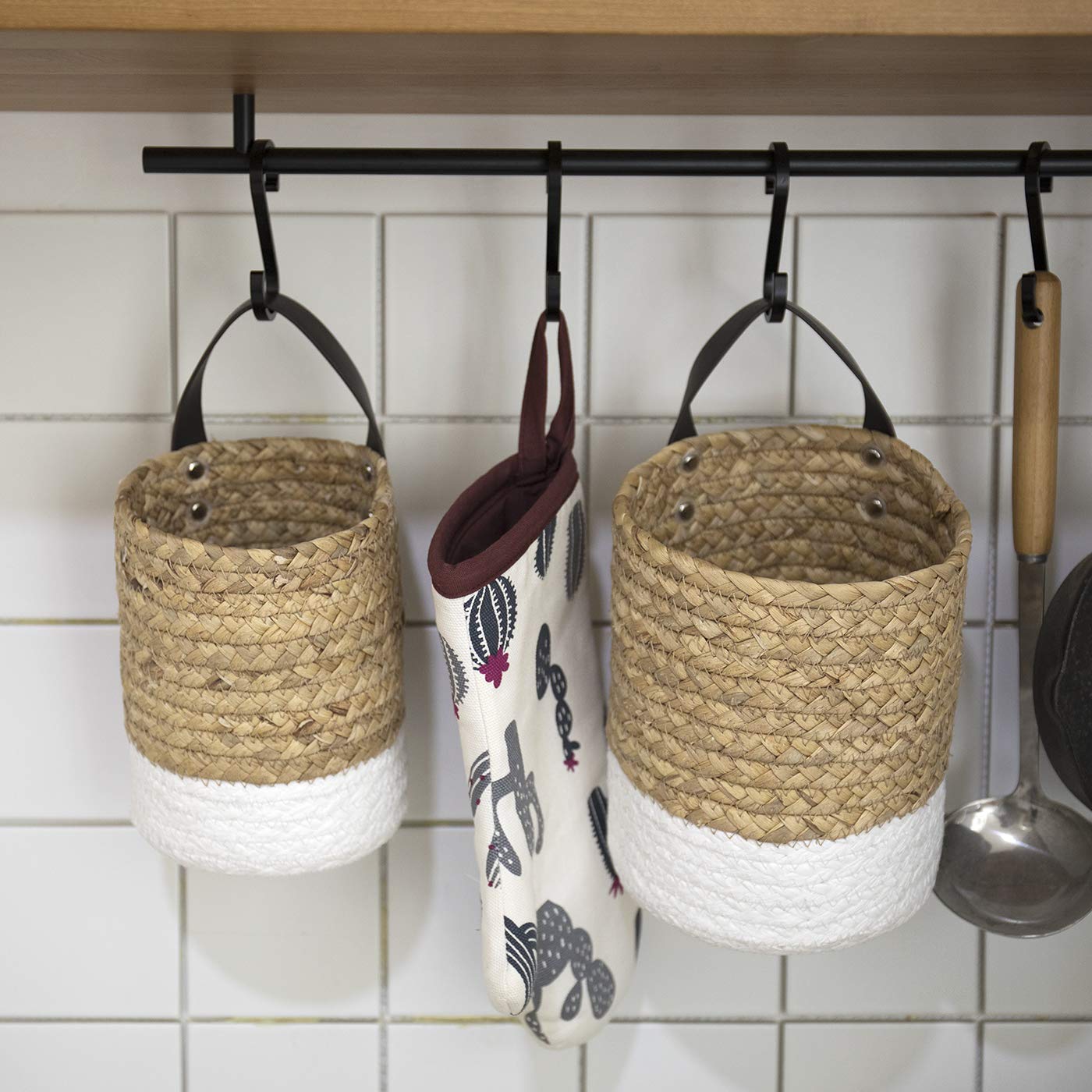
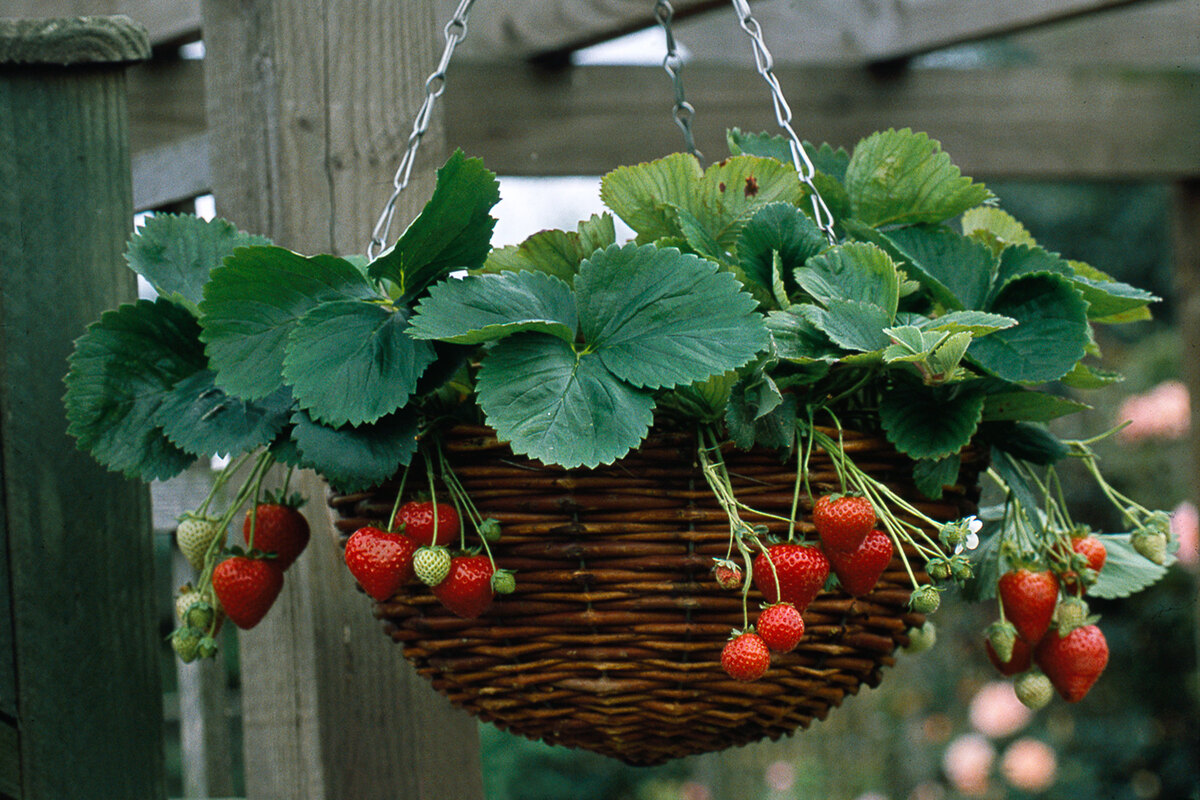
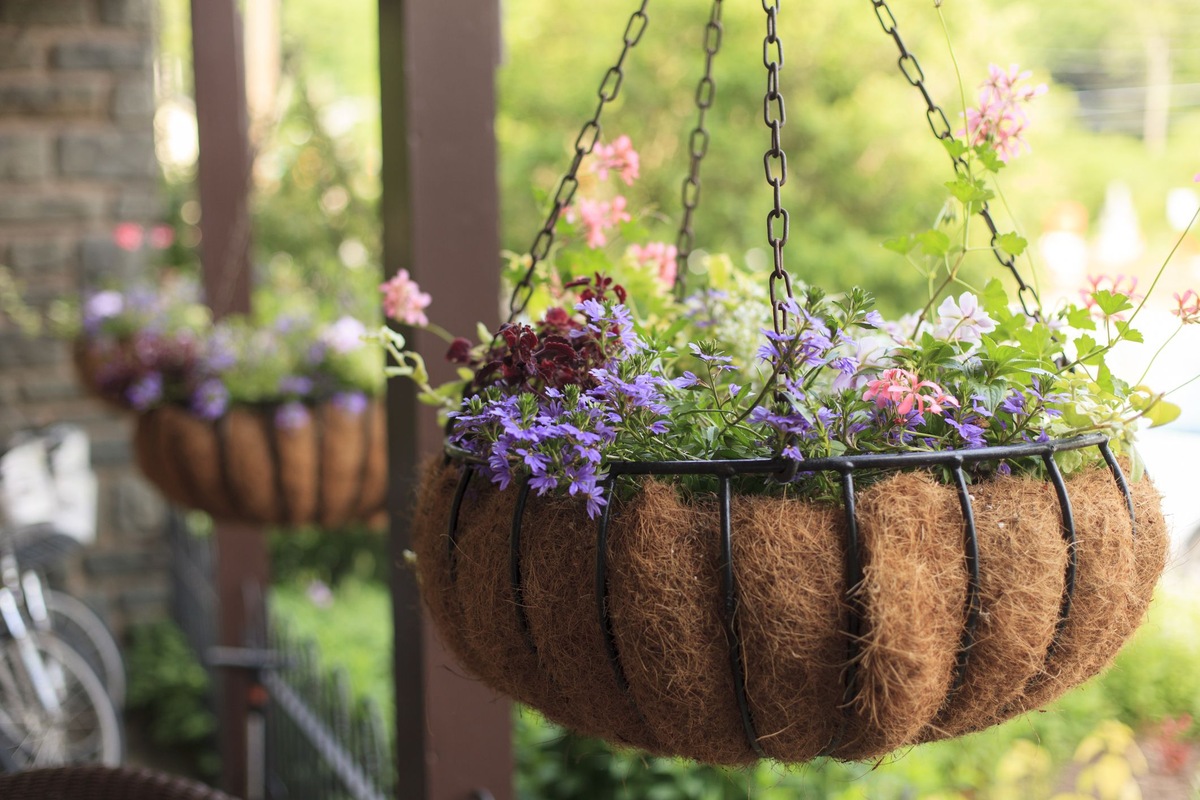

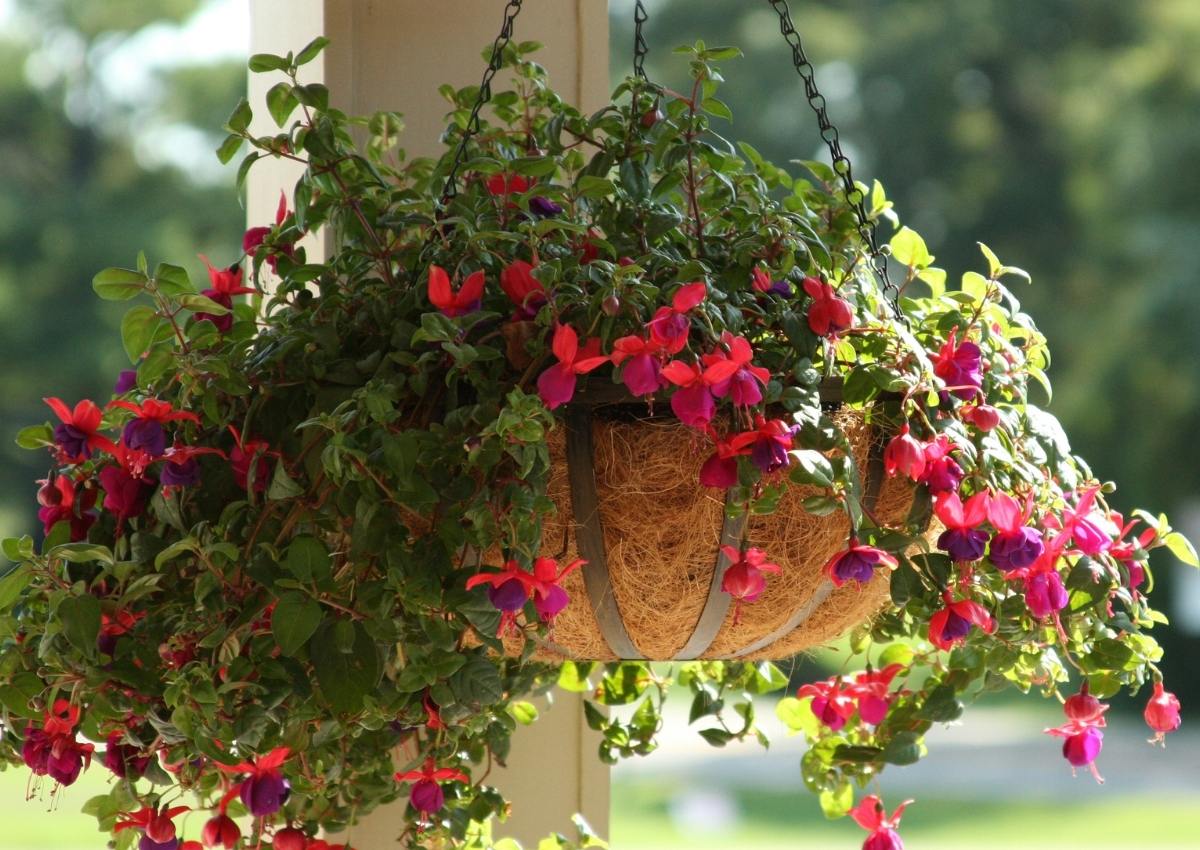
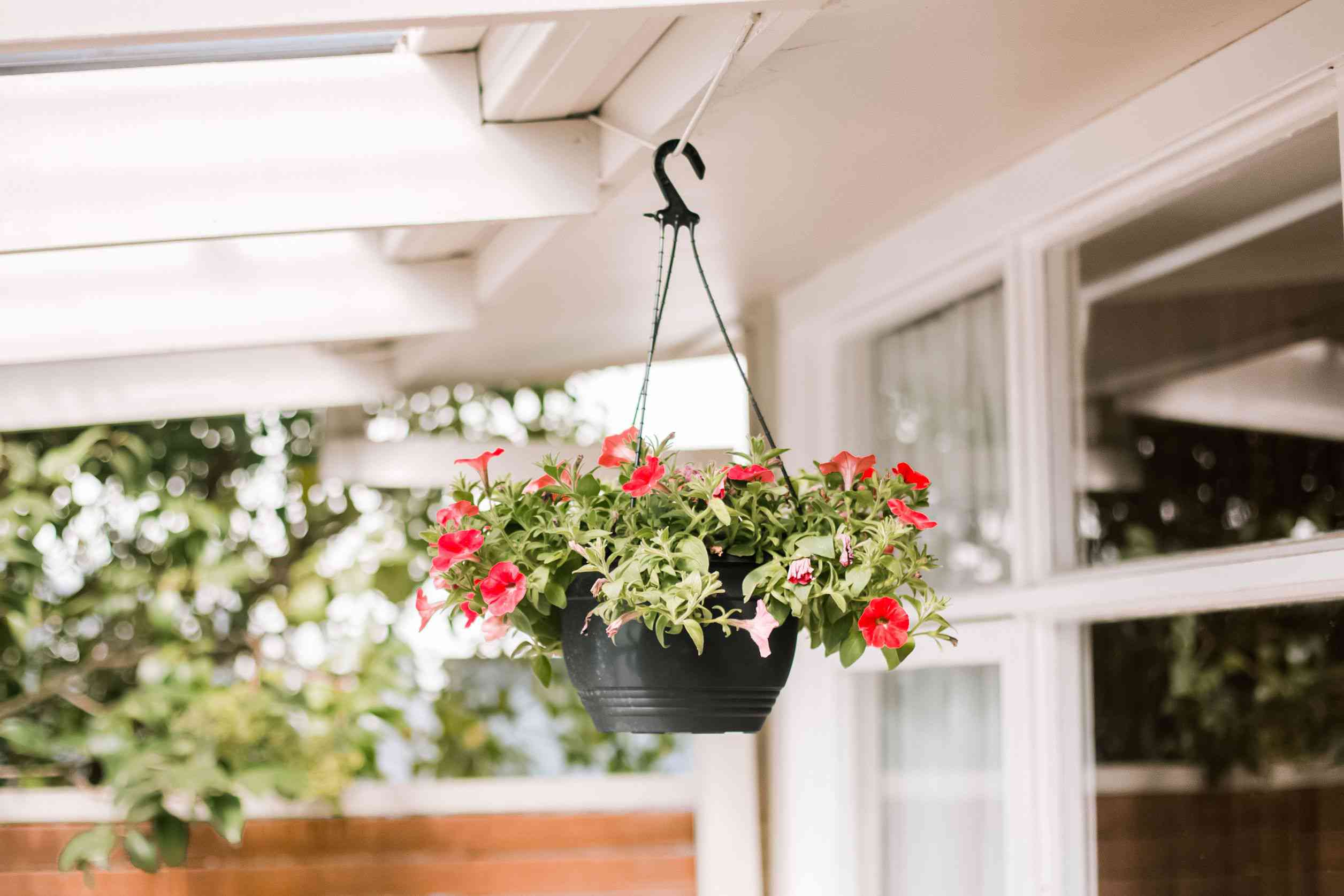
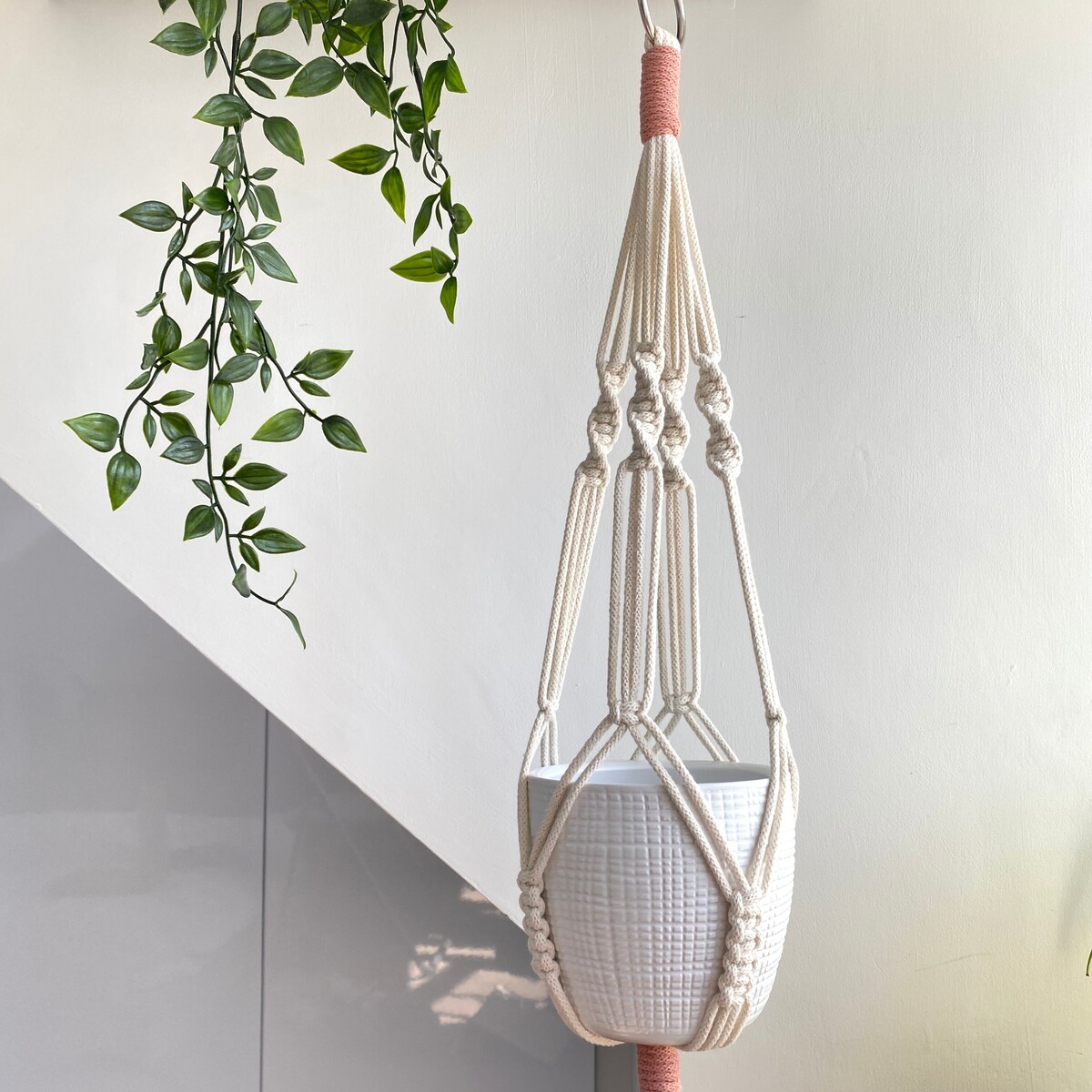
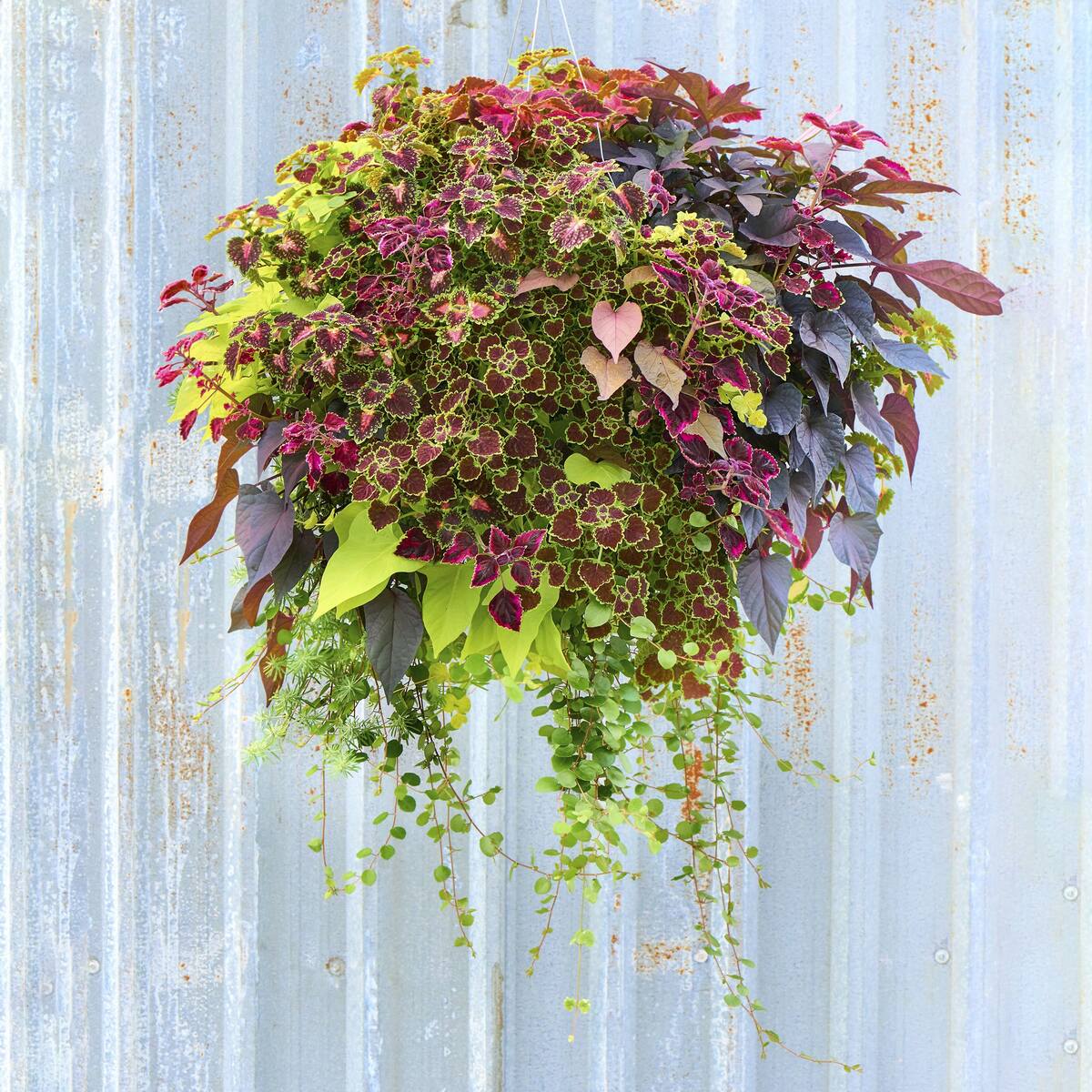

0 thoughts on “How To Deadhead Petunias In Hanging Baskets”